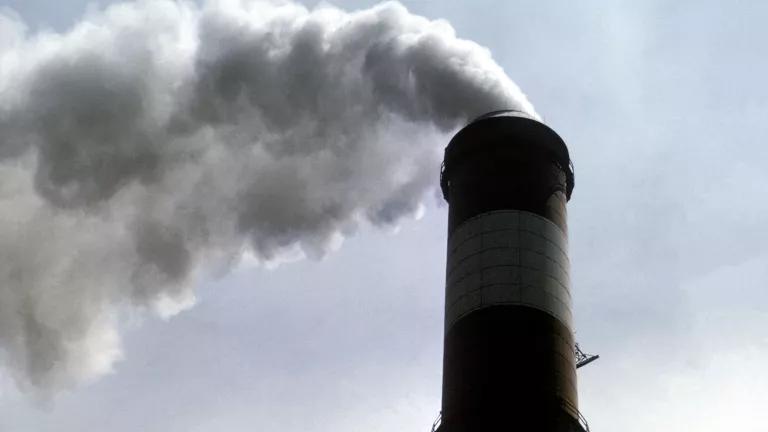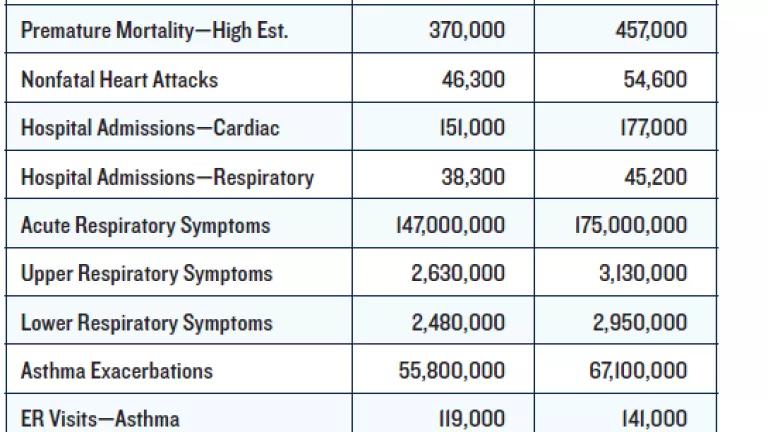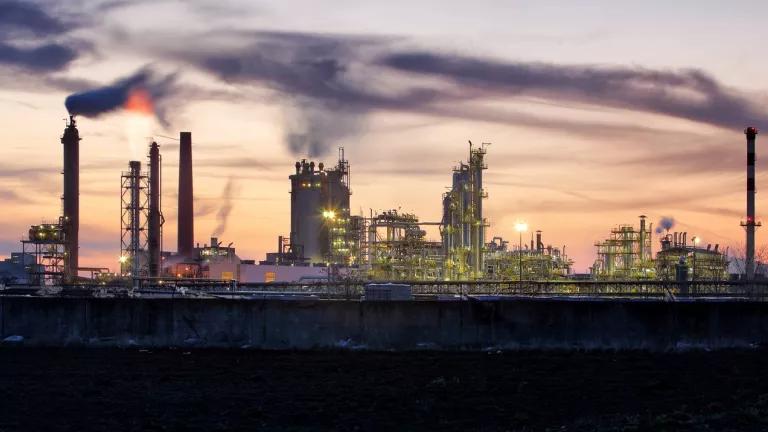The EPA Guts Clean Power Plan, Turning Its Back on Climate Crisis

The revised plan hands over authority to states, raising the risk of increasing carbon emissions and other harmful pollutants.
Targeting a groundbreaking Obama-era climate initiative, the U.S. Environmental Protection Agency revealed its proposed replacement of the Clean Power Plan in a document that barely mentions climate change and instead focuses on reviving coal-fired power plants, essentially abandoning America’s goals to reduce carbon emissions and giving polluters free rein.
“The world’s on fire and the Trump administration wants to make it worse,” says NRDC president Rhea Suh. “This Dirty Power Plan is riddled with gimmicks and giveaways. It would mean more climate-changing pollution from power plants. That’s a recipe for climate disaster.”
The new plan not only hands over more regulatory authority to individual states, allowing them to write their own rules—or none at all—for power plant emissions, but it also weakens pollution rules for plants that need upgrades. This could reverse any progress on climate and instead increase U.S. carbon emissions and harmful pollution.
The Clean Power Plan, which was finalized in 2015 under President Obama but has been held up in legal challenges by pro-polluters, aims to reduce carbon emissions from the nation’s power plants, a top contributor to climate change. The plan called for a 32 percent reduction in carbon dioxide emissions from 2005 levels by 2030. However, by the end of 2017, emissions were already down 28 percent—13 years ahead of schedule. “What America needs instead is an even stronger Clean Power Plan,” Suh says, “one that will accelerate the nation’s shift to clean energy—that’s how to truly protect public health, our children, and future generations.”
The Clean Power Plan is enforceable through the Clean Air Act, whose umbrella of responsibility includes climate protection. The Supreme Court has confirmed multiple times that this gives the federal government the authority to regulate climate change–causing emissions, such as those from power plants. The Trump administration will face an uphill battle to defend the legality of its replacement.
“We’ll fight this dangerous retreat with every tool available,” Suh says.



